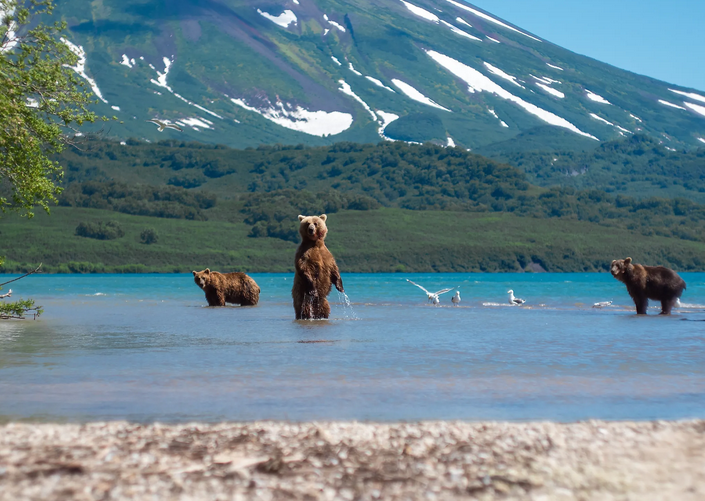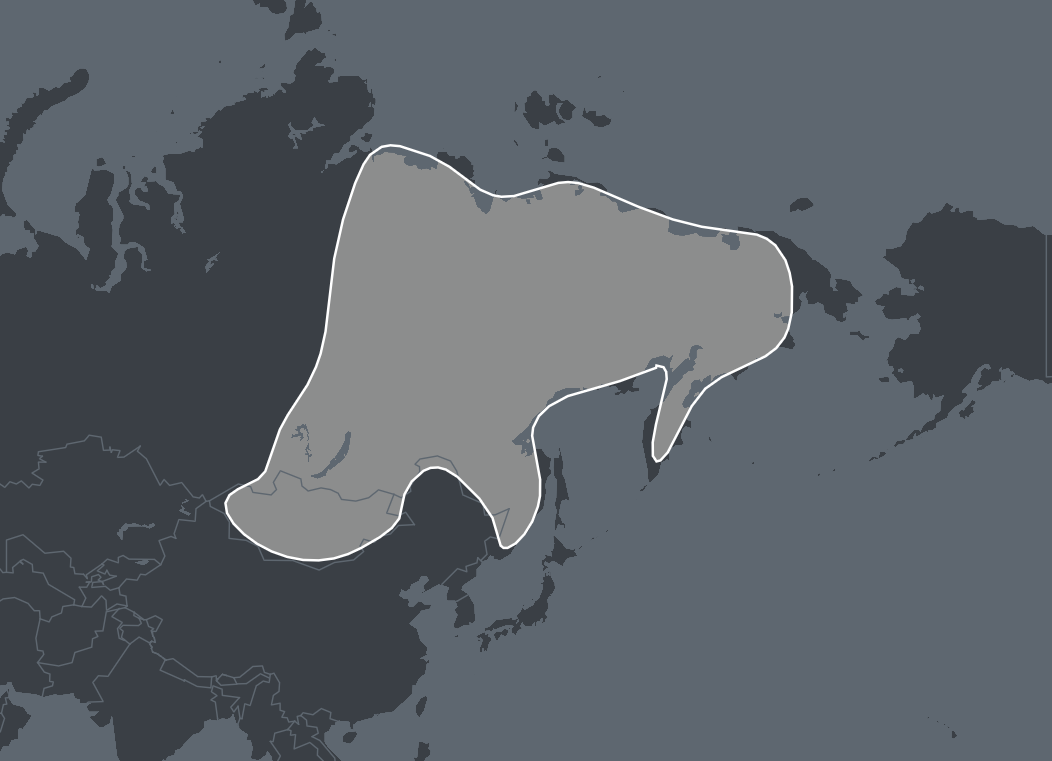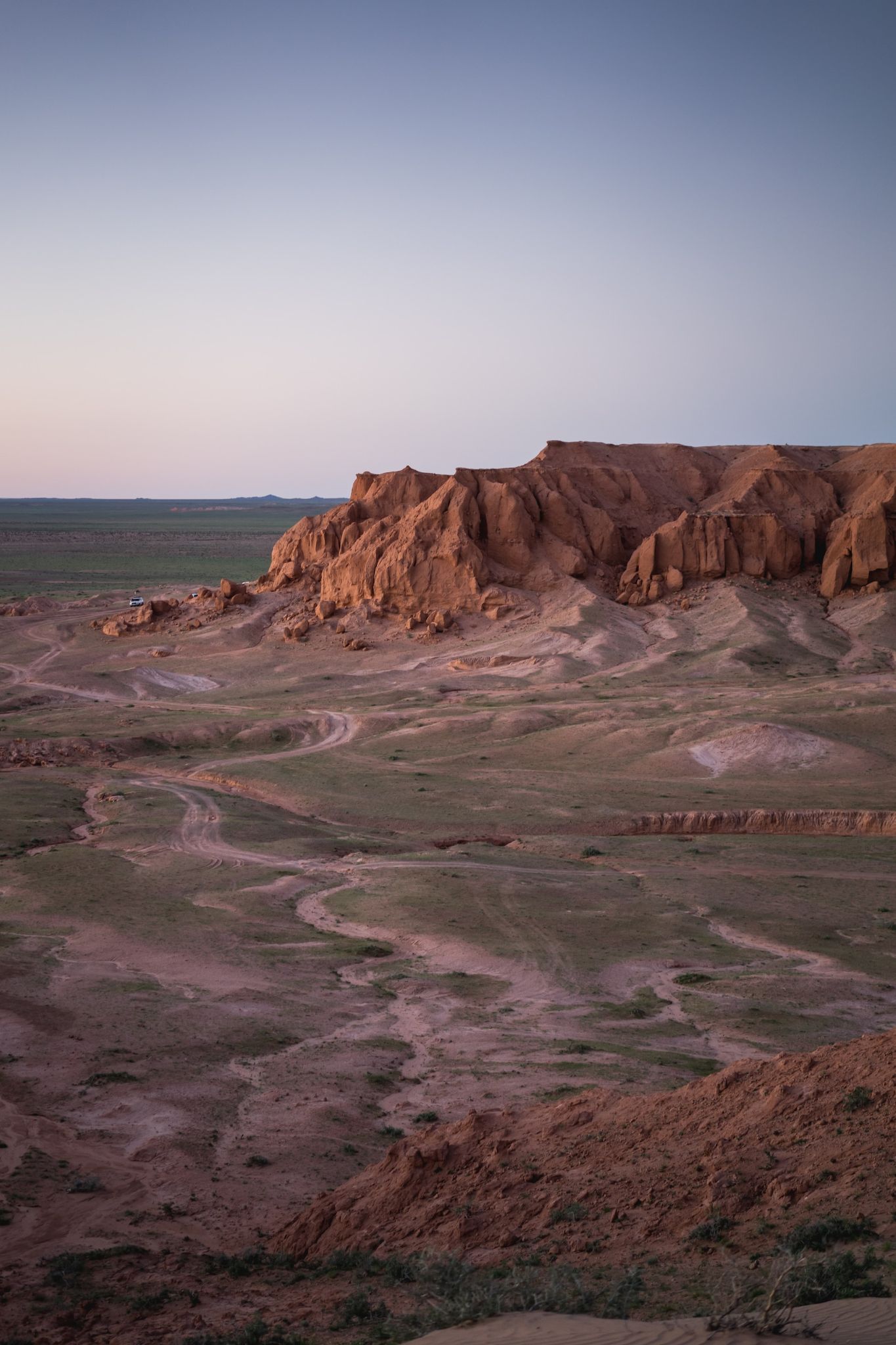What is Northern Asia DNA Ethnicity on Ancestry
The results of our AncestryDNA tests may sometimes be what we expect or on occasion may be a big surprise. Either way, often we need a little more information regarding some of the regions that arise in our ethnicity estimates.

One region that is not at all uncommon is the Northern Asia region. Those who still live in this region already understand all about its history and culture. There are others, however, who may never have even visited or in fact been aware that they have ancestors from that area.
In this post we will go into more detail with regards to the history, geography and culture of the Northern Asia region. We will also discuss what it means to be from this region and how easy or difficult it might be to trace our roots in the Bengal Region.
What Is the Northern Asia DNA Region?
The Northern Asia DNA region on AncestryDNA covers a large geographical area although it is found mainly in one country specifically. The eastern half of the vast country of Russia makes up the most part of the North Asia region with most of Mongolia and some small sections of northern China completing the mix.

Unlike some large regions at present the North Asia DNA region does not have any sub-regions. This means those with this DNA in their estimate could be from anywhere within a vast geographical range.
How Did You Get Northern Asia Region DNA?
If you already know that you had a family who came from Russia, Mongolia or northern China then you would be aware why you have Northern Asian DNA. If this result came as a surprise you may not know how exactly you came by DNA from this region.
If you have a sizable percentage of DNA from this region then it is likely you have an ancestor who was born in or close to one of the countries included in this region. A lower percentage would indicate a more distant ancestor from the region who may be harder to determine.
History of Russia
Archaeology suggests that around 2 million years ago homo erectus, an early hominid, migrated to what is known as the Taman Peninsula today in Western Russia. They were not the only hominids in the area however as the Denisovans and Neanderthals were also present in the region.
The earliest indications of modern humans were discovered in Russia dating back 45,000 years and were found in Western Siberia. This is a region that correlated with the western edge of the Northern Asia DNA region.
These humans would spread eastward and south populating areas of Asia with some traveling far enough to the east to likely cross the Bering Sea land bridge and enter the Americas. Over the years other waves of migrating humans would follow at various points in history.
As civilizations started to grow and the hunter-gatherers started to adopt a more stationary agricultural lifestyle more permanent settlements would have arisen. The Northern Asia region is located mainly in what is referred to as the Russian Far East which is a region that shares many commonalities with Siberia.

During the 3rd millennium BC (bronze age) influences from Indo-Iranian cultures are evidenced by the Andronovo culture which flourished between 2000 – 1150 BC. It was later during the 1st millennium BC, that political powers such as the Scythians and Xiongnus would emerge in the region.
These political powers often clashed with their Persian and Chinese neighbors in the south, while the Göktürks dominated southern Siberia. In the early 2nd millennium, the Mongol Empire and its successor states saw rule in the region as well.
The Khanate of Sibir would be one of the last independent Turkic states in North Asia prior to their conquest by the Tsardom of Russia during the 16th century. From there Russia would gradually annex the region into its own territory until finally the Convention of Peking was signed in 1860.
Where Russia Meets Asia
The Northern Asia DNA region on Ancestry geographically defines an area where Russian and Asian influences bleed into each other. With the vast majority of Mongolia being part of this region it is clear that the once vast Mongolian Empire built under Genghis Khan has proliferated the region's DNA even if it did not vastly encroach into the Russian territories.
The Migration of Northern Asia DNA
There are millions of people around the globe who have roots in the Northern Asia region. There has been thousands of years of trade in and out of Northern Asia which in itself has led to people leaving the region and settling elsewhere around the world.
In more recent times political and cultural unrest in the region has led to millions of people fleeing their homeland in search of safer and more prosperous opportunities. Those who have left often settle and raise families often holding onto some of their traditions.

Over generations, however, traditions do start to wane and it can often lead to people associating more with their new local culture than their historical one. As the descendants of immigrants start to lose their interest in the old ways it can often be forgotten where the family originally came from.
Those who have Northern Asia Region DNA today might not have received it directly from someone who was born in that region. With so many centuries of world trade their most recent North Asian ancestors could have come from a European country that their distant ancestors settled.
Final Thoughts
Those with Northern Asian DNA likely descend from some of the earliest humans to migrate into the Siberian and east Asian regions after leaving the African continent. The conditions in parts of this region are arctic meaning that there may be descent from some very hardy individuals who have known all manner of hardships.
A long history of political upheaval and a populace that has been under the thumbs of the powers that be has seen peoples flee the region severing their connections to their home land. This can make locating where in the Northern Asia region your ancestors actually originate from.
Link To or Reference This Page
We spent a lot of time downloading, cleaning, merging, and formatting the data that is shown on the site.
If you found the data or information on this page useful in your research, please use the tool below to properly cite or reference Name Census as the source. We appreciate your support!
-
<a href="https://namecensus.com/blog/what-is-northern-asia-dna-ethnicity-on-ancestry/">What is Northern Asia DNA Ethnicity on Ancestry</a>
-
"What is Northern Asia DNA Ethnicity on Ancestry". NameCensus.com. Accessed on May 2, 2024. https://namecensus.com/blog/what-is-northern-asia-dna-ethnicity-on-ancestry/.
-
"What is Northern Asia DNA Ethnicity on Ancestry". NameCensus.com, https://namecensus.com/blog/what-is-northern-asia-dna-ethnicity-on-ancestry/. Accessed 2 May, 2024
-
What is Northern Asia DNA Ethnicity on Ancestry. NameCensus.com. Retrieved from https://namecensus.com/blog/what-is-northern-asia-dna-ethnicity-on-ancestry/.
